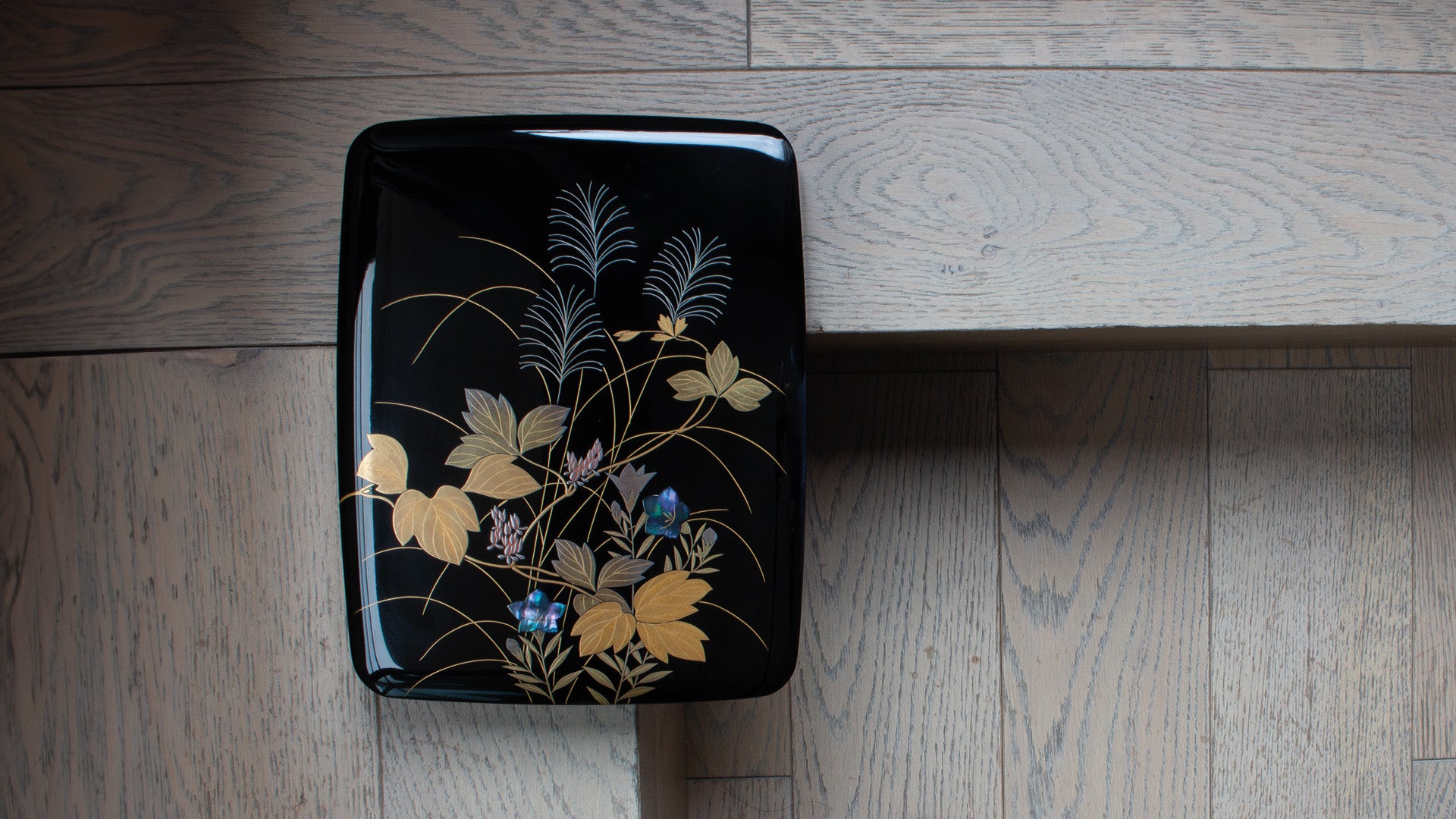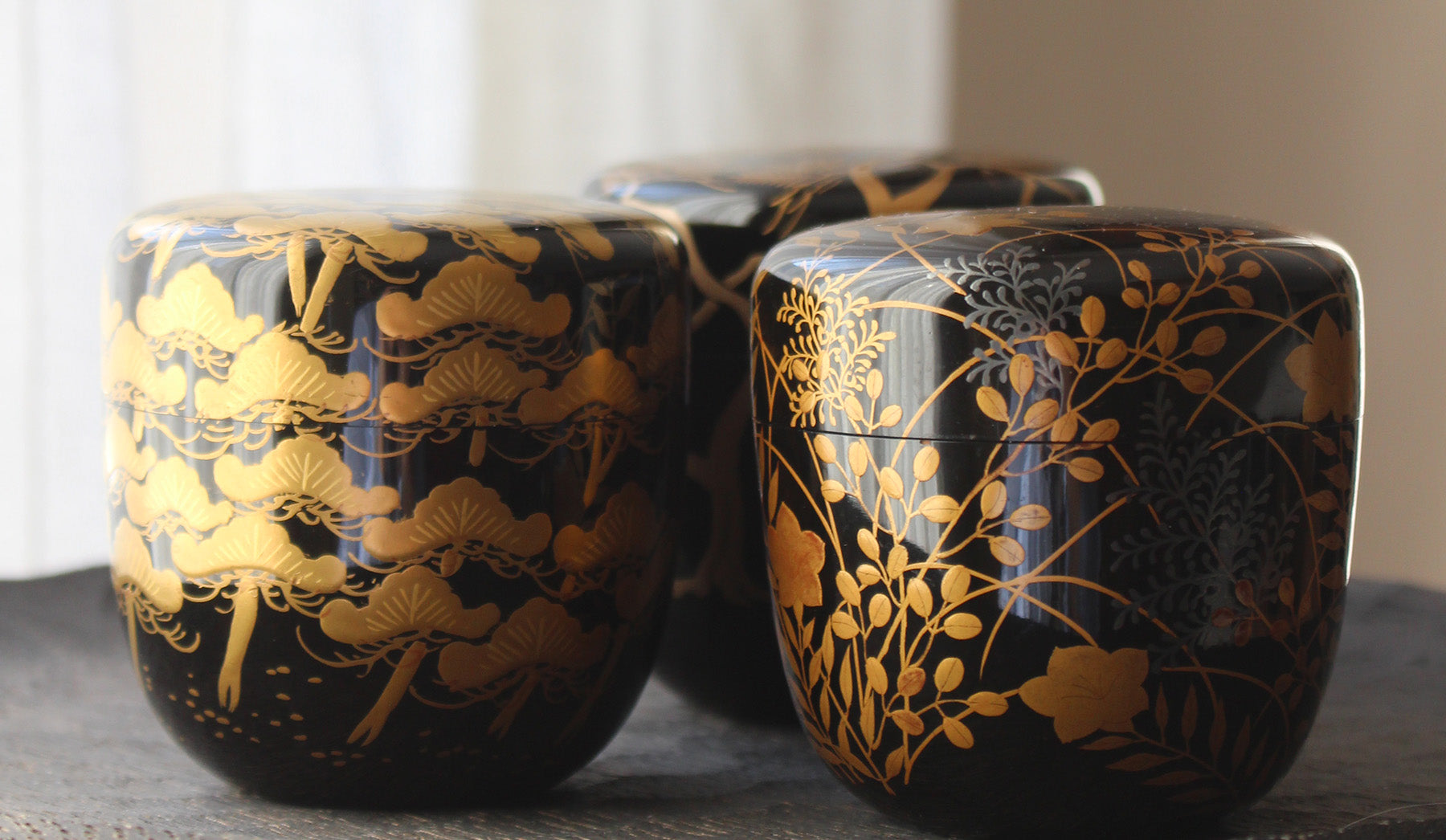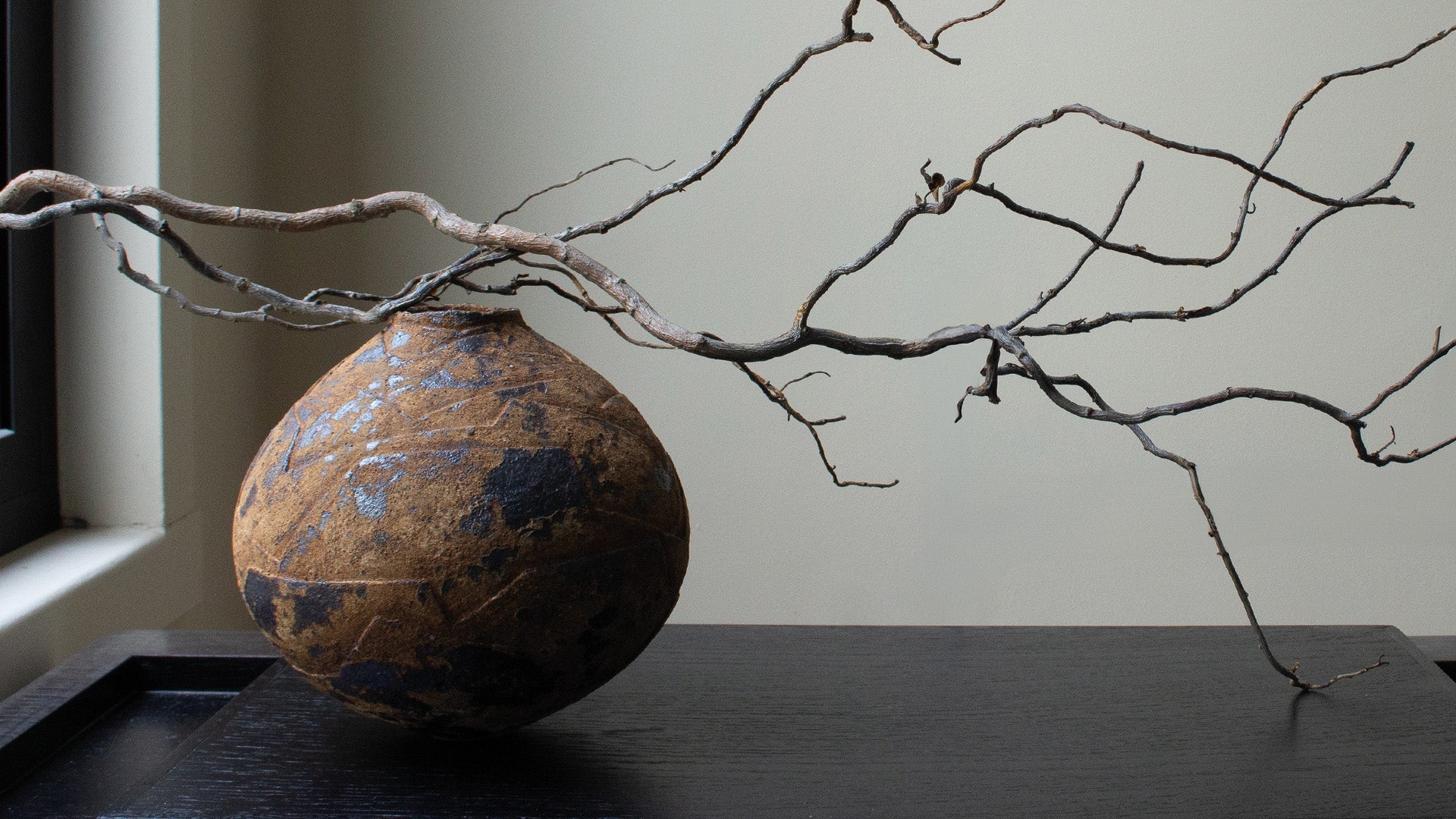
Japanese Lacquer Boxes: Objects of Art and Tradition
Japanese society is renowned for its meticulous attention to detail and rituals, which explains the diversity and beauty of precious Japanese boxes . Among these treasures, urushi lacquer boxes stand out for their refinement and exceptional craftsmanship, often adorned with maki-e decorations in gold powder .
The Importance of Boxes in Japanese Culture
Urushi lacquer boxes are not only decorative objects, but play a crucial role in daily life in Japan. When looking at traditional Japanese homes, one can see that the meticulous organization and storage of objects in boxes helps to create visual and functional harmony. Japanese handcrafted boxes help to preserve the beauty of objects while maintaining a clean and orderly space.
These boxes are ideal for protecting precious items, such as kimonos or ceremonial accessories, while adding a touch of elegance to any interior. Each precious urushi lacquer box is the result of exceptional craftsmanship, with refined decorations such as maki-e , a traditional gilding technique that gives each piece a unique value.
The History of Japanese Lacquer Boxes
Japanese lacquer boxes have a rich history that goes back centuries. The art of lacquerware, or urushi , has been practiced in Japan since the Jomon period (around 10,000 B.C.), but it was during the Heian period (794–1185) that Japanese lacquerware reached remarkable sophistication. During this time, artisans perfected maki-e techniques, using gold and silver powders to create intricate and elegant designs on lacquer surfaces.
Over the centuries, urushi lacquer boxes have become luxury items, symbolizing Japanese refinement and culture. They were often used by the imperial court and samurai to store precious items, important documents, and personal accessories. Even today, Japanese handcrafted boxes continue to reflect the excellence of traditional craftsmanship, combining ancient techniques with modern, functional design.
Prosaic Reality and the Omnipresent Presence of Boxes
This idyllic vision of a perfectly ordered Japan is not always representative of reality. Indeed, some houses, especially in rural areas, can present a real chaos. However, even in these contexts, Japanese boxes remain omnipresent, testimony to their usefulness and importance in Japanese culture.
Types of Japanese Boxes (Bako) and Their Crafts
Natsume
- Natsume (棗) : Urushi lacquer tea boxes , often decorated with gold powder , used to present matcha during the tea ceremony.
Jubako
- Jubako (重箱) : Stackable, multi-tiered lacquer boxes for festive meals, often decorated with maki-e or marquetry.
Suzuribako
- Suzuribako (硯箱) : Boxes for writing tools, including brushes, inkstones, and other accessories.
Kōgō and Kōbako
- Kōgō (香合) and Kōbako (小箱) : Incense boxes , essential during the tea ceremony to present the incense.
Tomobako
- Tomobako (共箱) : Lacquered wooden boxes to protect craft items, often signed by the craftsman to ensure authenticity.
Fubako and Tanzaku-bako
- Fubako (文箱) and Tanzaku-bako (短冊箱) : Boxes for storing paper , letters or poems, often made of urushi lacquer.
Other Precious Boxes to Discover
- Tebako (手箱) : Boxes for storing personal belongings.
- Hokkai-bako (北海箱) : Picnic boxes or boxes for playing with shells.
- Chabako (茶箱) : Boxes for tea utensils , often made of woven bamboo.
- Bento (弁当) : Boxes for transporting food , often decorated with elegant patterns.
- Inro (印籠) : Small boxes on the belt for medicines.
- Senryo-bako (銭箱) : Boxes for coins.
- Kashi-ki (菓子器) : Boxes for confectionery .
- Himitsu-bako (秘密箱) : Secret boxes with hidden mechanisms.
- Karabitsu (唐櫃) : Large lacquered boxes for precious objects .
- Hanko-bako (判子箱) : Boxes for personal seals.
- Kimono-bako (着物箱) : Boxes for storing kimonos .
- Ningyo-bako (人形箱) : Boxes for dolls.
- Orin-bako (音鈴箱) : Boxes for temple bells.
- Tansubako (短冊箱) : Boxes for precious personal items.
- Kiseru-bako (煙管箱) : Japanese pipe boxes .
- Tobako-ire (煙草入れ) : Boxes for tobacco.
- Nagare-bako (流れ箱) : Boxes for documents or valuable objects when traveling.
These boxes can be made of simple wood (paulownia, cedar, cypress, etc.), lacquered wood, bamboo, lacquered washi paper, iron, copper, brass, ceramic; without decoration or adorned with fabulous decorations in gold powder , inlaid with mother-of-pearl, or in wood marquetry.
If you want to discover very beautiful Japanese lacquer boxes (in particular), we invite you to explore our online selection . Each box has been rigorously selected for its timeless beauty and the wealth of know-how that was necessary for their creation.



